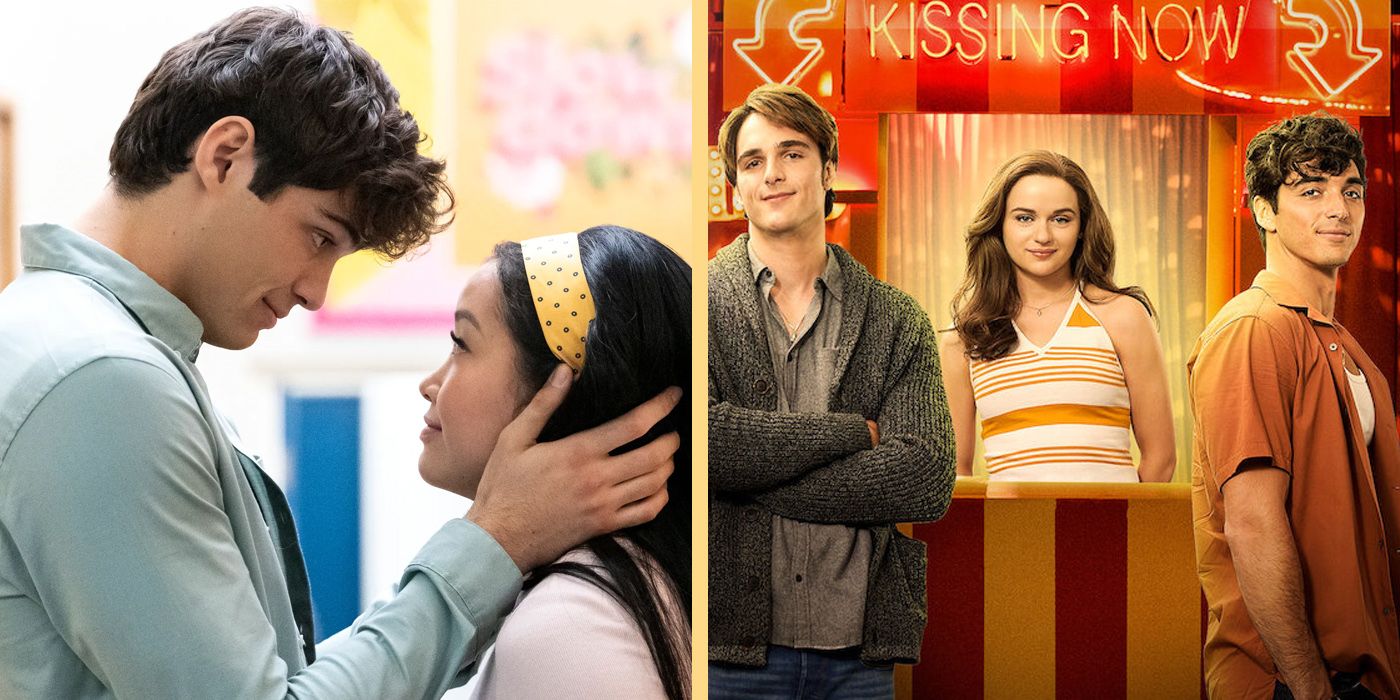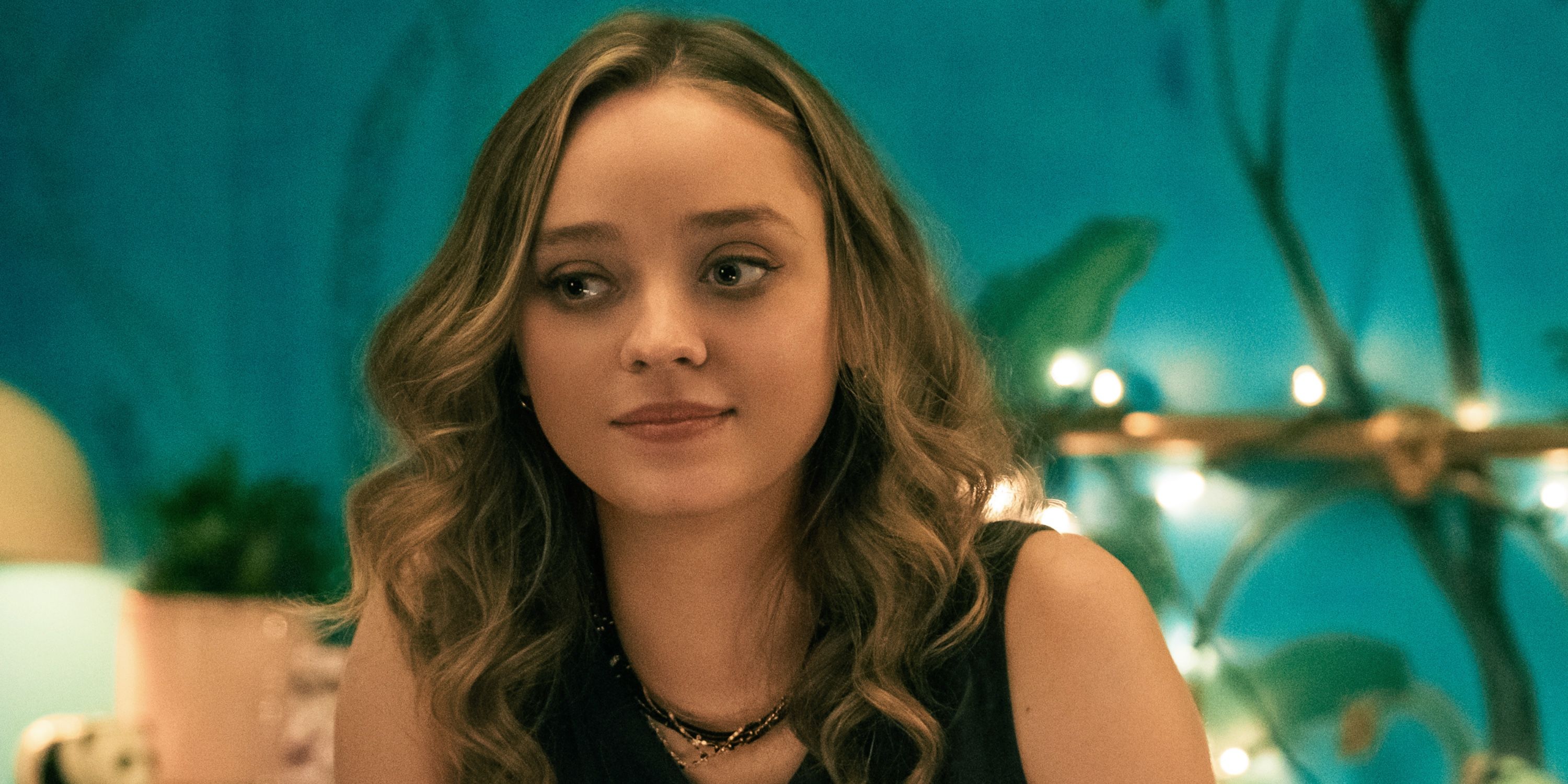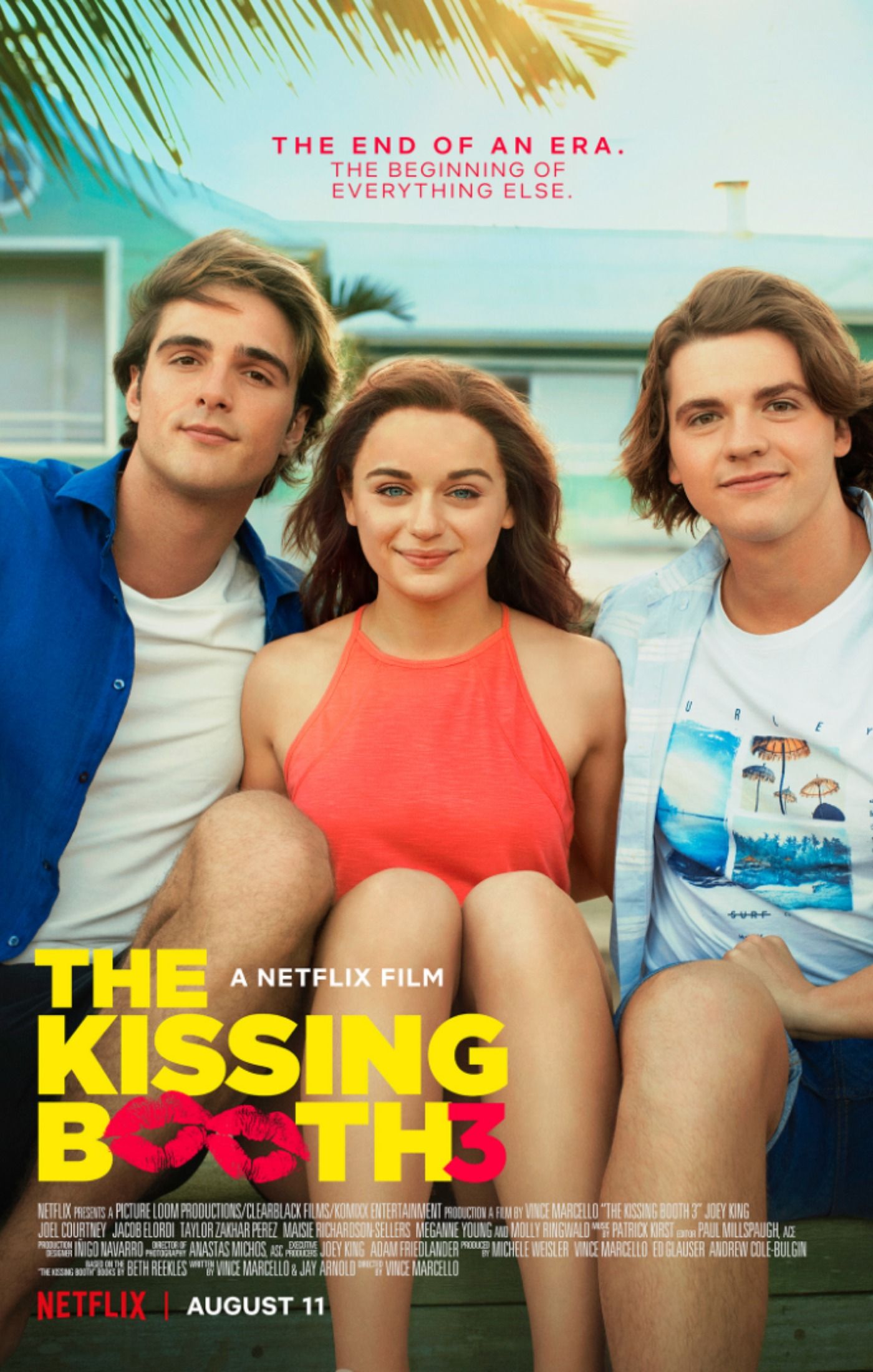To All the Boys 3 retreads the same story themes as The Kissing Booth 2, but which movie pulls off this recurring rom-com trope better? Released in 2018, To All The Boys I've Loved Before was a welcome breath of fresh air for fans of teen romantic comedies. Based on the 2014 novel of the same name by Jenny Han, the sunny Netflix hit told the story of Lara Jean, a shy but sharp high schooler who falls for popular jock Peter, who is soon revealed to have unexpected depths.
The same year Netflix also released The Kissing Booth, another rom-com adapted from a popular young adult novel. However, unlike To All The Boys I've Loved Before, this dud was maligned by critics who savaged the movie’s lack of originality, mean-spirited plot, and unlikable characters. The sequel The Kissing Booth 2 received better write-ups thanks to lead Joey King, while 2020’s To All The Boys: P.S I Still Love You received markedly worse reviews than the original.
With the two franchises in similar critical positions, it’s notable that the third To All The Boys installment, Always and Forever, repeats a pretty important plot point from The Kissing Booth 2. It's not a beat-for-beat lift, and since the franchise is based on a novel series, there’s no copying going on here. Nonetheless, To All The Boys 3 has a storyline that sees the central couple, Peter and Lara Jean, working out whether to have a long-distance relationship as they attend separate colleges. This leads to To All The Boys 3's big question over where to go to college now that her boyfriend has already been accepted into one, forcing viewers to wonder whether she will compromise her school preference or attempt a long-distance relationship. Both these story elements also appear in The Kissing Booth 2, albeit in a slightly different form.
There are some spots where The Kissing Booth 2 and To All The Boys 3 diverge in terms of how this plot is handled. The heroines both have to decide whether to follow their boyfriend to his college or to try and make long-distance relationships work, but The Kissing Booth 2 sees its heroine have to choose between attending Berkeley with one potential paramour or Harvard with another (his brother, awkwardly enough). In contrast, To All The Boys 3 sees Lara choose between going to a school that's not her first choice or attempting long-distance, but there’s no third party in the picture (unlike the second movie in the series, wherein she has a brief dalliance with Jordan Fisher’s John Ambrose).
Meanwhile, the structure of the story is also different, as The Kissing Booth 2 ends with the protagonist having to make her decision, the closing scene being a cliffhanger wherein she realizes she's been accepted into both colleges. In comparison, To All The Boys 3 opens on Lara Jean having to make the decision, and the movie ends with a definitive answer as to whether Lara Jean and Peter will stay together. It's a more decisive ending that eschews The Kissing Booth 2's cutesy "will they, won't they" tricks in favor of clear resolution, and it's one that makes To All The Boys 3's handling of the story a better, more rounded version of the trope that appears in both movies.



